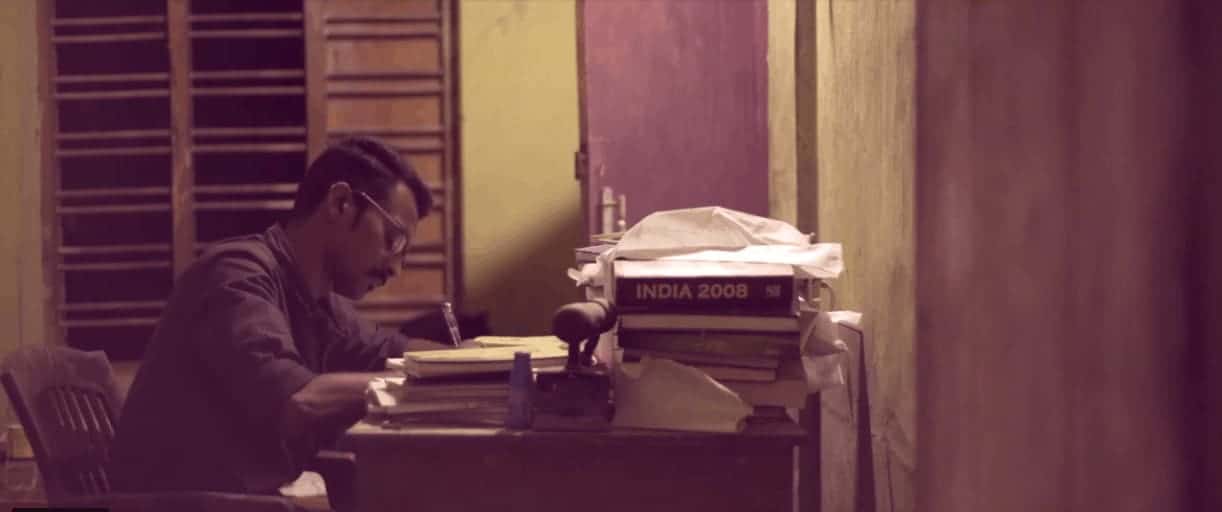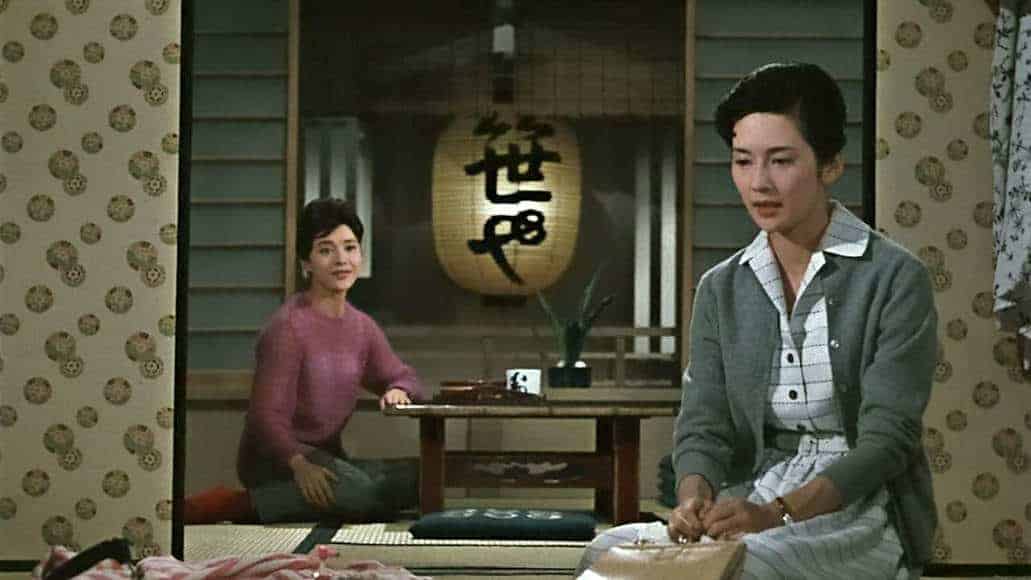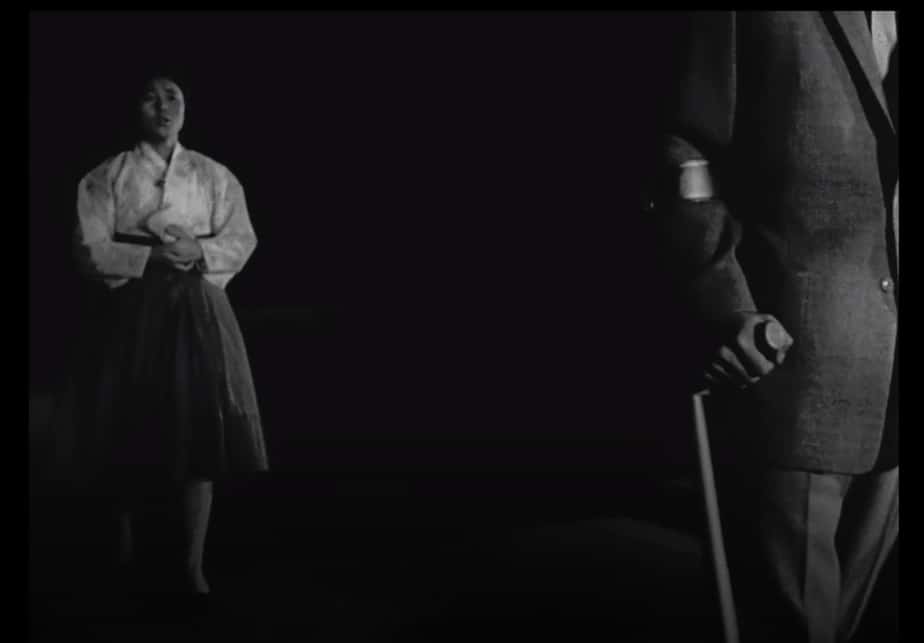15. Hot Buns (2023) by Calleen Koh (Singapore)

Overall, this short reads as an unbridled development of Koh's maximalist aesthetic. Like “To Kill the Birds & the Bees,”, Koh and her team at Finding Pictures cobble together a delightful melange of media, but at the feverish pace of “Sexy Sushi.” A dizzy display of stop motion to 3D models to analog video-like effects motions to Koh's nuanced sensitivity to the screenspheres that make up the 21st century content climate. In a way, because of how seamlessly the short is edited, it is almost as if watching “Hot buns” itself is a reflection of our own entirely complex media environment. And, like the rest of her oeuvre, she stays true to her explicit themes. “Hot Buns” savors her sex-laden satire of Internet warriors, processing the oscillatory nature of copulation and constipation as a (w)hole. (Grace Han)
14. The Kidnapping (Old Man Yang) (2023) by Chen Liaoyu, Liu Kuang, Gu Yang (China)
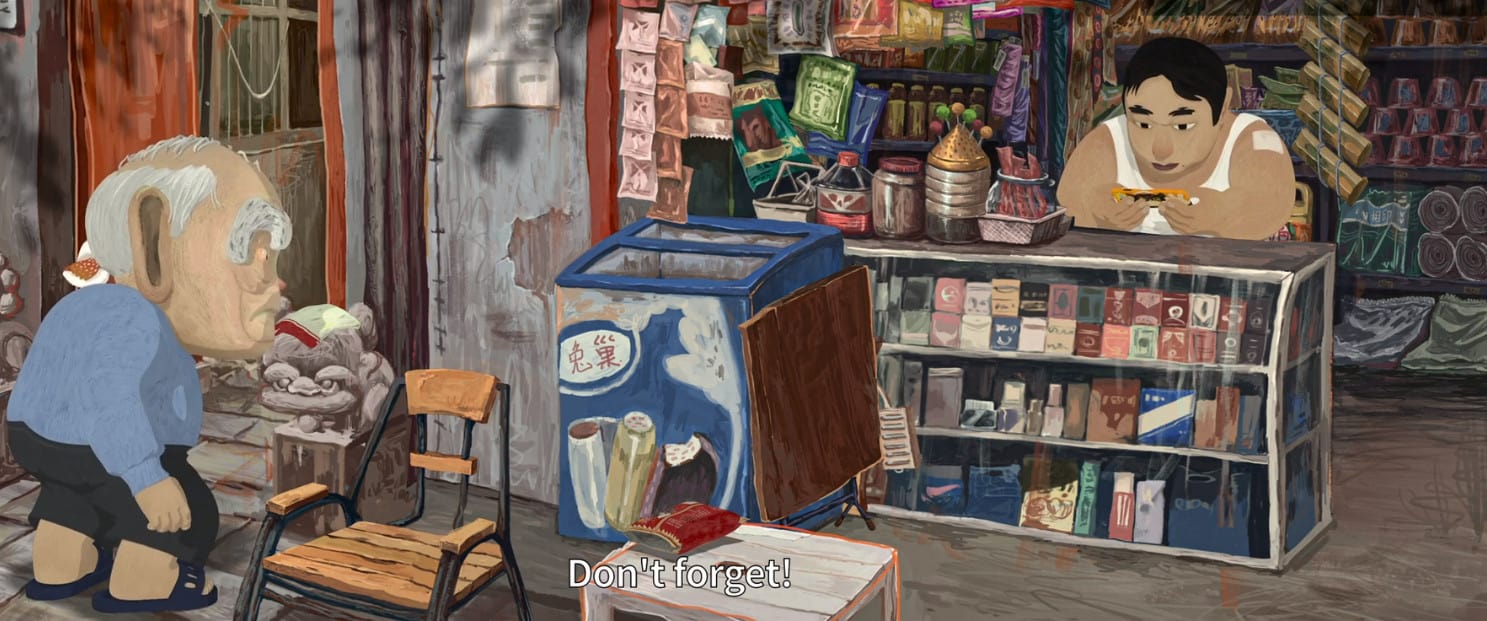
Chen Liaoyu, Liu Kuang and Gu Yang direct a 17-minute short that makes a direct comment about the difficulties older people face adapting to the ever-changing Chinese setting, ending the movie though, with a rather optimistic note, that also winks at the actions of the authorities, as the benefits on the temple renovation subtly highlight. The way they go about their comment, though, is rather amusing, particularly in the way the fateful night has changed Yang from a grumpy old man to one who can look the future with optimism, not even remembering his previous mentality. (Panos Kotzathanasis)
13. Neither Nor (2022) by Soon Teik Ong (Malaysia)
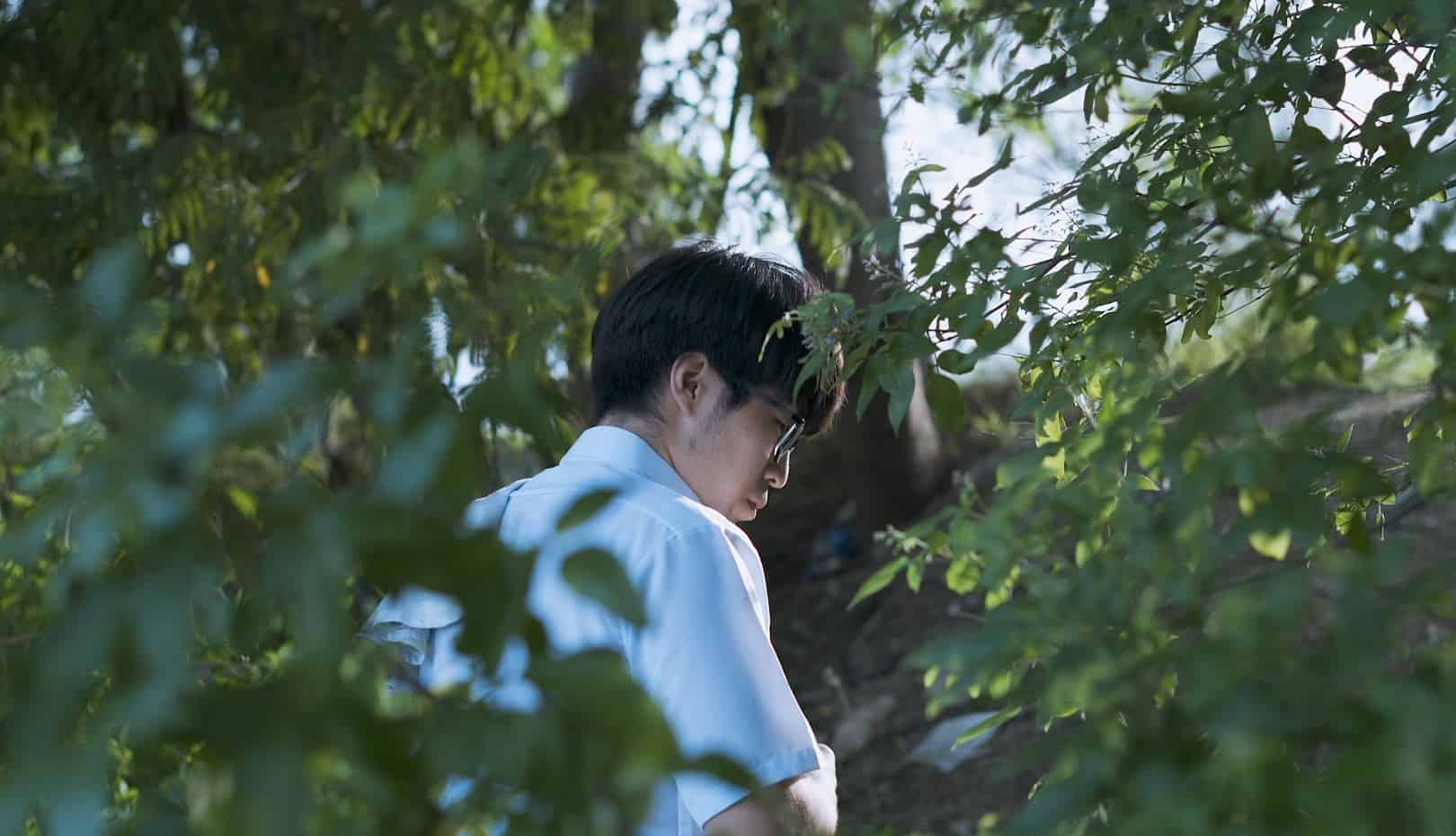
“Neither Nor” is an impressive short, both visually and contextually, and one that will appeal to all kinds of audience, even to those who do not fully grasp the sociopolitical undertone here, not to mention, that as a “tour guide” to Malaysia, the film will definitely make its audience wishing to visit the country. (Panos Kotzathanasis)
12. It Turns Blue (2022) by Shadi Karamroudi (Iran)
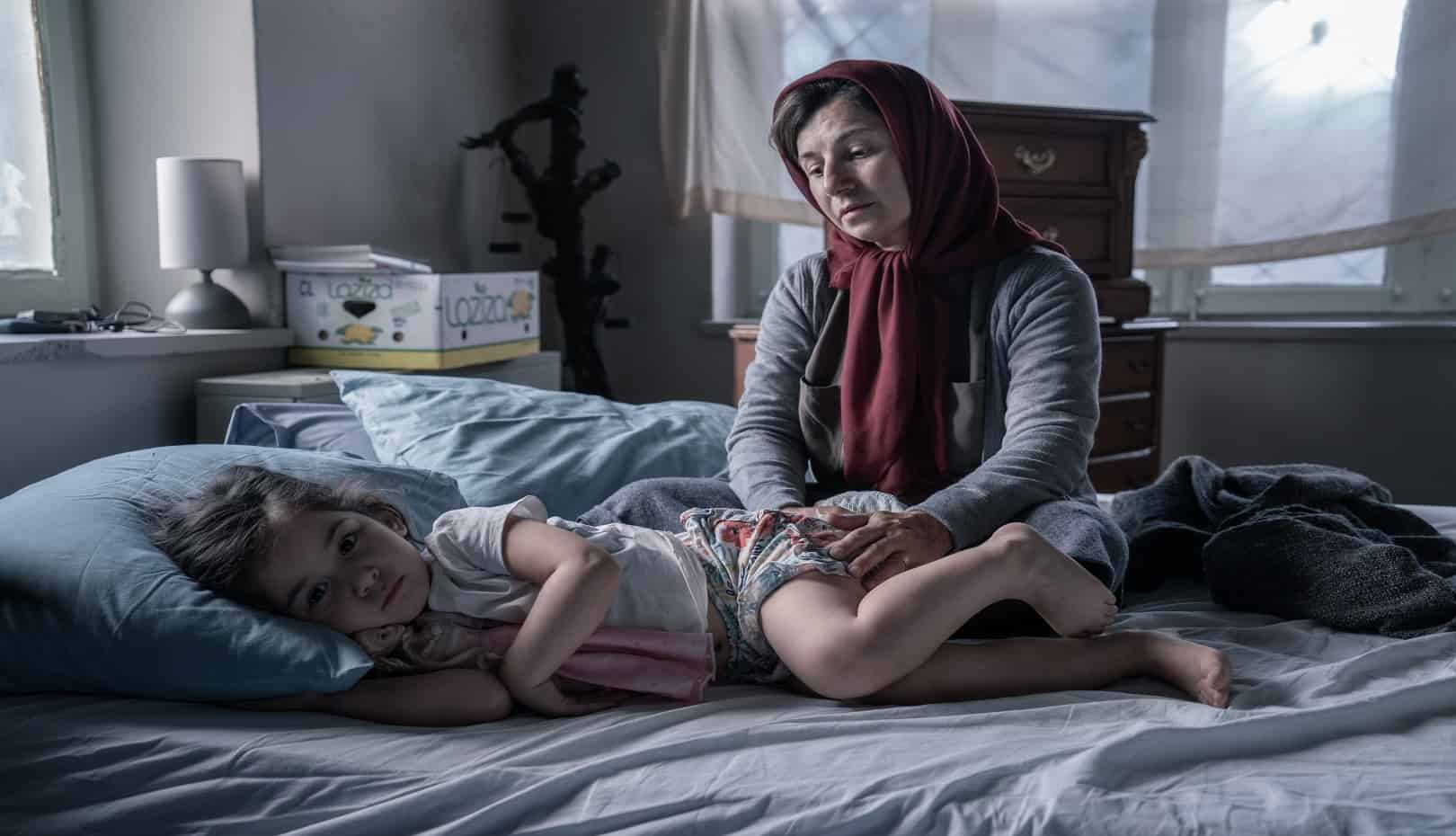
Masud Amini Tirani's cinematography is another of the movie's best traits, with his frames being impressive, as much as the way the color blue is implemented throughout the movie. The ‘complicity' scene and the finale definitely stand out in an overall balanced work. Pooyan Sholevar's editing results in relatively fast pace that allows for the characters and their actions to be explored thoroughly in the economical 16 minutes of the movie. “It Turns Blue” is an excellent movie, both contextually intriguing and well shot, in another testament to the quality of the modern Iranian cinema. (Panos Kotzathanasis)
11. Hurdang (2022) by Alok Kumar Dwivedi (India)
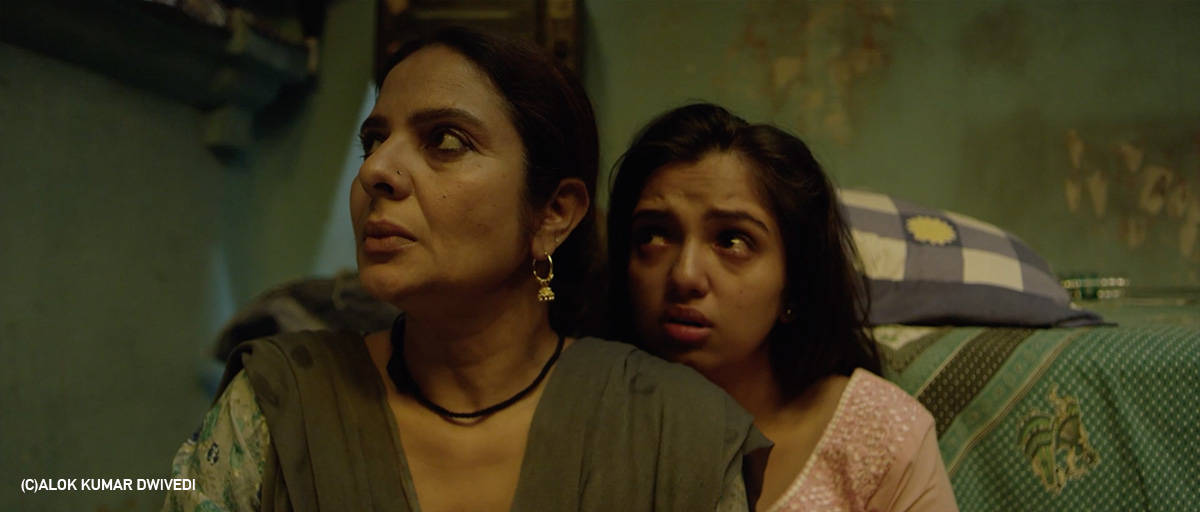
Alok Kumar Dwivedi directs a film that soars with tension, as the calmness of the first scenes is utterly disrupted by the events happening literally outside the window of the family's house. Fear, rage, revelations, revenge follow and give their stead to each other, as the family members fight with each other in an effort, essentially, to survive. This tension is actually the best aspect of the movie, with Alok Kumar Dwivedi implementing the sound, the editing and the cinematography in order to create this atmosphere of angst, which is heightened even more by the claustrophobic setting of the apartment, and the fact that, for the family, after a point, staying in becomes as dangerous as leaving. (Panos Kotzathanasis)
10. The Old Young Crow (2023) by Liam LoPinto (Iran)
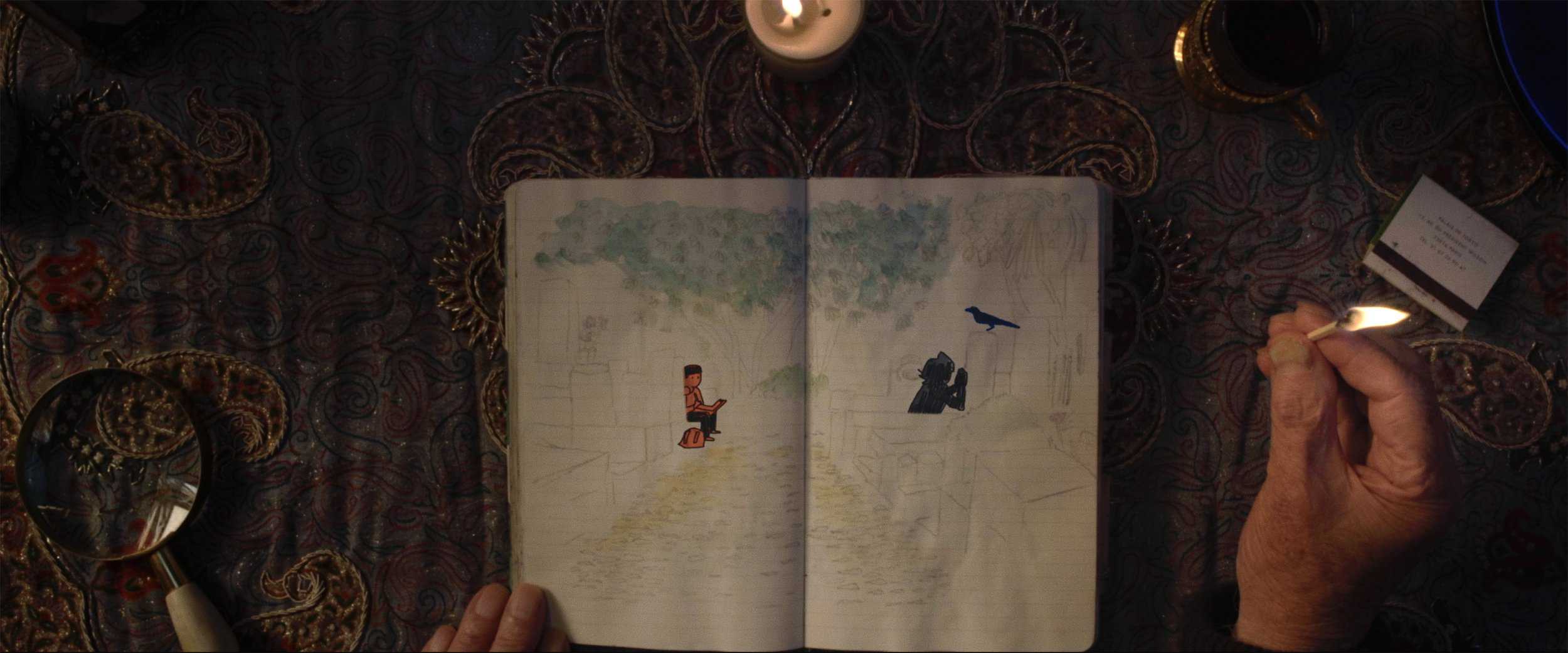
Liam LoPinto directs a very tender short, which thrives both in context and art form. Regarding the first aspect, the way the elder lady and the young boy connect, over their common loss and the need to fill the gap it left in their lives (Chiyo with a son and Mehrdad with a mother) is one of the most appealing traits, which the filmmaker turns over its head by adding a supernatural element that also works quite well here. Furthermore, the concept of loss and grief and how finding “company” with similar experiences can help in that regard becomes apparent too, along with the differences and similarities of the Japanese and Iranian cultures, which conclude the rather rich context here. (Panos Kotzathanasis)
9. MOP by Joon Goh (Malaysia)
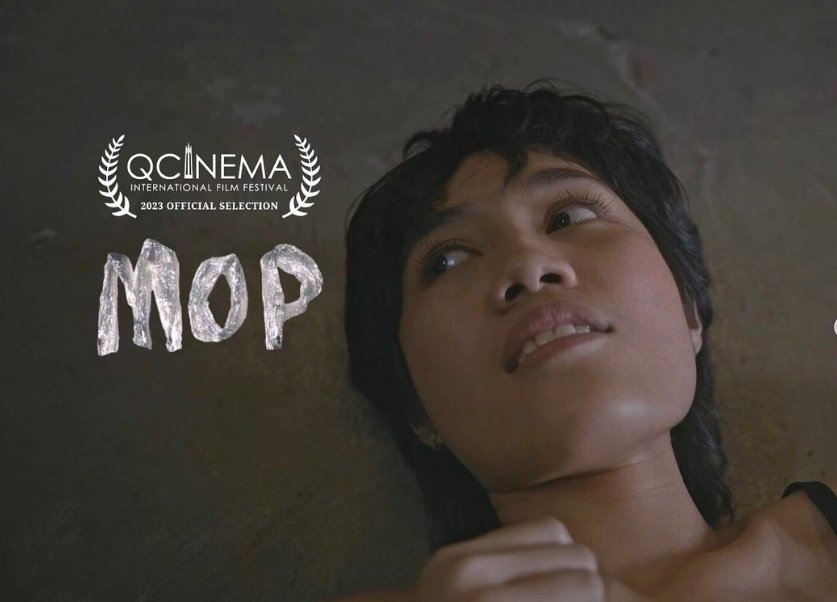
Films focusing on eroticism, much less S&M are not exactly common in titles coming from ASEAN countries, and even more so from Malaysia, one of the strictest countries in the area regarding what is depicted on cinema. Joon Goh, however, manages to present a film that deals exactly with that, in a style that both implies and is eloquent about what is going on. (Panos Kotzathanasis)
8. I Look into the Mirror and Repeat to Myself by Giselle Lin (Singapore)
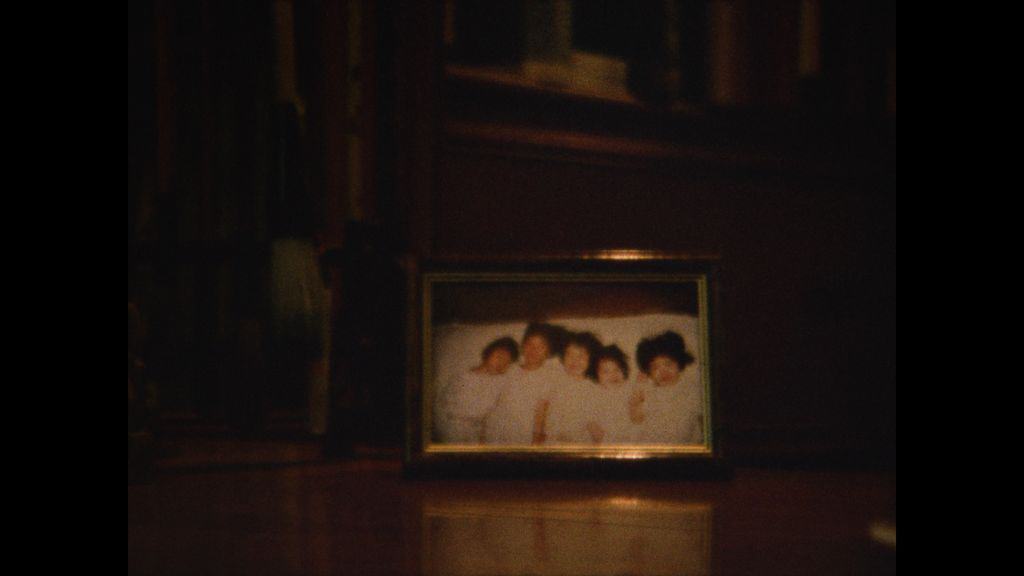
“I Look into the Mirror and Repeat to Myself” uses the figure of multiple narrators thus making the truth about the family dynamic more elusive and subjective. Each of the sister's trauma is expressed through different patterns, strange coping mechanisms and memories of bonding, as well as separation. This clear, yet somehow complicated structure makes Lin's film very nuanced in its depiction of the experience of growing up in a dysfunctional family constellation. (Olek Mlynski)
7. Primetime Mother by Sonny Calvento (Philippines)

“Primetime Mother” is an excellent film, both well-shot and quite meaningful, which, additionally, manages to show the impact satire can have when done smartly. (Panos Kotzathanasis)
6. Zen (2022) by Takuya Miyahara (Japan)

Takuya Miyahara directs an almost completely dialogue-less, black-and-white film that thrives on its atmosphere, particularly on the way he builds-up the story and its aesthetics. The initial calm gives its place to some tension, when he is lying on his bed, next an element of mystery is included, eventually leading to violence before calmness comes once again. The main mediums of this approach are the excellent editing, but even more so the impressive work done in the music by Keisuke Miyazaki and Ryoga Hatakeyama and the overall approach towards the sound, which essentially deems the lack of dialogue something barely one notices. Gaku Murakami's cinematography is another essential component, with the shaky handheld camera focusing on the face of the newspaper guy changing the overall “regular” approach, while inducing the short with a sense of speed, and also adding to the tension. These three elements are also the main ingredients of the references mentioned in the prologue, with Miyahara having “embedded” them in his film rather nicely. (Panos Kotzathanasis)



